Sourcing the right electric can crusher, or any crushing equipment for that matter, may seem like a tall order. But if you have an idea of what features and specifications to look for, as well as what your customers’ needs are, then you’ll be well on your way to making the right buying decision.
This article will explore the different types of can crusher categories, by operation, placement, can size, and material. It will then analyze the aluminum can crusher market, looking at current market size, key drivers, and projected market growth. The article will then put forward some essential buying tips that retailers can use when looking to add source electric can crushers to their product portfolios.
Table of Contents
Overview of the automatic can crusher market
What are the different types of can crushers?
5 essential tips for buying electric can crushers
Key takeaways
Overview of the automatic can crusher market
The global automatic can crusher market has become highly competitive, as the market value was quoted as being worth US$ 13.23 billion in 2024 and is projected to reach US$ 22.66 billion by the end of 2031. This represents growth at a compound annual growth rate (CAGR) of 9.38% over the 2024–2031 forecast period.
Spurring growth in the market have been efforts to minimize waste material capacity in certain regions as well as increased drive for efficient recycling in an effort to better protect the environment and natural resources. The increased use of cans in the food and beverage industry has also led to growing demand for aluminum can crushers.
What are the different types of can crushers?
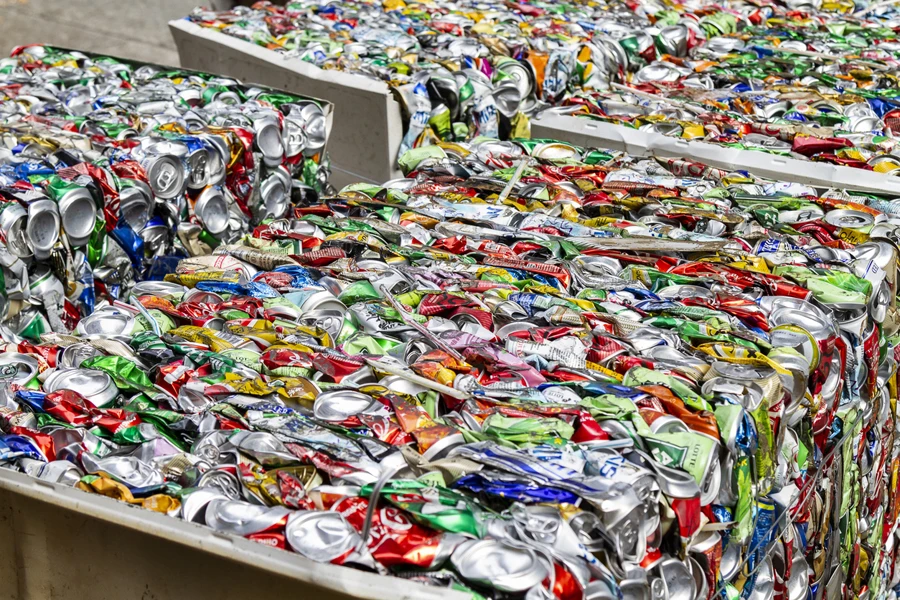
Can crushers are tools used for crushing aluminum cans. They are usually categorized based on operation, placement, can size, and material. We’ll go over the different categories and the distinguishing features below.
By operation
- Manual: These are the most common can crushers on the market. They operate by users inserting a single can into the crusher and manually pressing it down by pulling the leveler to compress the aluminum can. As the process is manual, this can make the can crushing process very long.
- Semi-automatic: Different from manual crushers, semi-automatic ones have collection trays where multiple cans can be placed on top of the crusher. The trays can have varying carrying capacities, from 4 up to 10 cans. This makes the crushing process faster than the completely manual process.
- Automatic: As the name suggests, these crushers crush aluminum cans automatically using pneumatic engines that compress the cans with air pressure. These, of course, are the fastest of the three types; however, for this reason, they are also the more expensive option.
By placement
- Horizontal: Horizontal crushers are placed horizontally on surfaces such as desks or worktops. They are not as common as vertical can crushers, as the can disposal process after crushing is not as convenient in this position as with the vertical one.
- Vertical: These are the most popular can crusher placement types. They are usually mounted on walls and can be more conveniently installed in garages and kitchens with the garbage bins placed directly underneath for can disposal.
- Multi-position: Multi-position can crushers can have both horizontal and vertical installation, and this enables them to be used anywhere. They compress cans similar to horizontal crushers but come with mounting hardware that allows them to be installed horizontally or vertically.
By can size
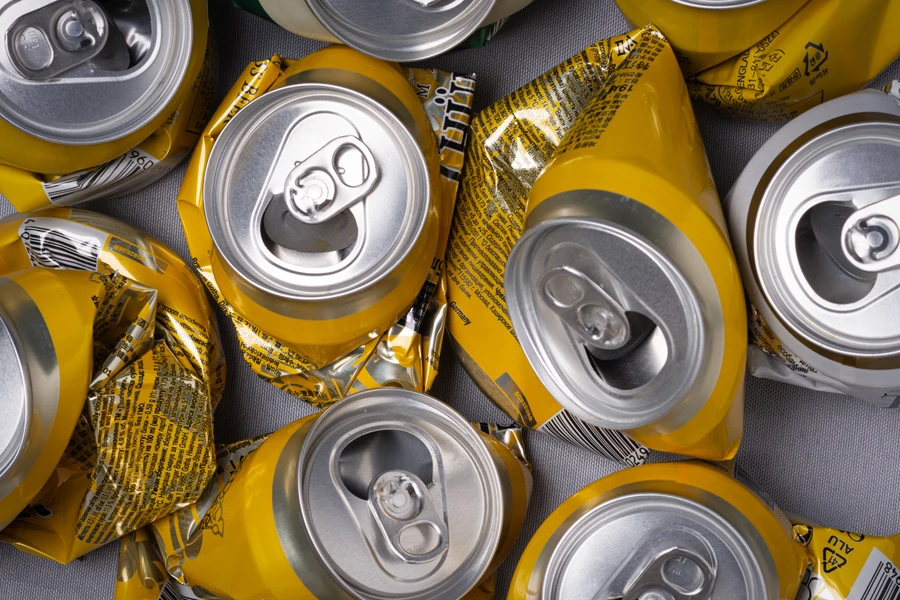
- 12 ounces: Most can crushers are made to crush this can size, as this is the most common soda can size.
- 16 ounces: This is the second most popular can size for can crushers. It’s worth noting that if a can crusher is made to crush 16-ounce cans, it will also be able to fit both 8-ounce and 12-ounce cans.
- 32 ounces: Some can crushers can crush cans of up to 32 ounces. These are typically used for compressing large beer and soda cans that are mostly found in Europe. To crush cans that are larger than 32 ounces, one would need to source an industrial can crusher.
By material
- Steel: This is the most popular material used to make can crushers. It is highly sturdy and durable, and because the crushers are usually made using stainless steel, they can also be used outdoors.
- Plastic: Plastic can crushers are typically made from very strong plastic, which is usually nylon. Those with a very strong build quality can actually be just as durable as stainless steel crushers, though fragile ones will not be as sturdy and capable of withstanding continuous loads. However, compared to their steel counterparts, plastic ones are typically cheaper.
5 essential tips for buying electric can crushers
As you can see, there are several technical considerations that retailers should make when sourcing can crusher machines. Below are some useful tips to help buyers streamline their decision-making process.
1. Consider capacity
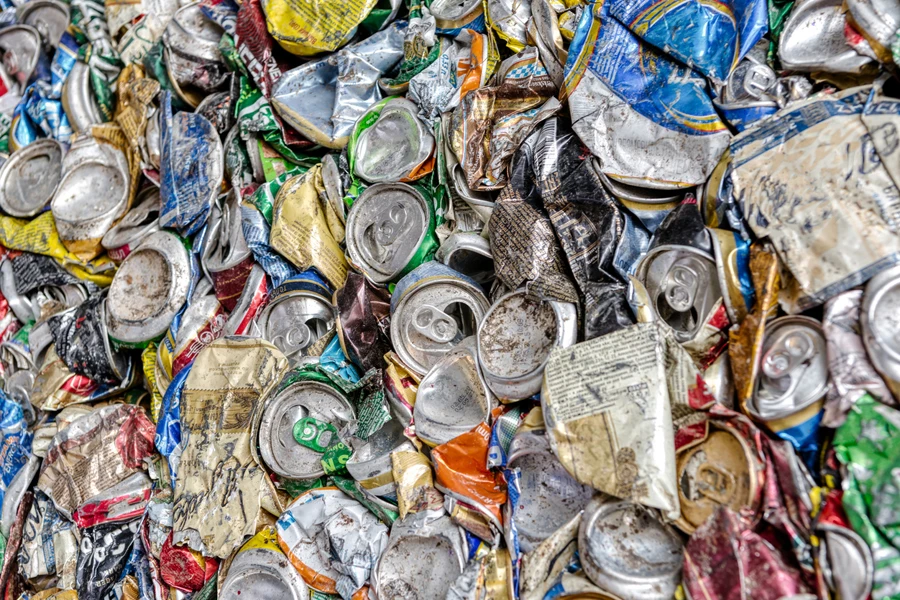
The capacity of an electric can crusher determines not only the amount of cans it is capable of crushing in a load but also the types of cans it is capable of crushing. Depending on the targeted end user, the can crusher would be able to handle single loads or multiple loads.
For instance, if your business’ targeted customers are residential users, then because they will likely not use the machine often or for high-volume loads, a can crusher that can crush one can or few cans at a time should suffice. However, if the targeted users are businesses, commercial kitchens, or public spaces, then higher capacity would be required, with the machines being able to crush multiple cans at once for greater efficiency.
2. Go over installation options
In order to crush cans successfully, the can crusher needs to be stable. As covered in the section on the categorization of can crushers by placement, the crushers can either be vertically or horizontally installed.
To ensure stability, check how the vertical crushers are installed, considering how much drilling into walls would be required and how much space would be needed. For horizontal crushers, look at the machine’s reported weight. Would this be too light, thus risking stability, or would it be too heavy for some customers?
Think of the space required in terms of flooring, countertops, and walls, as this will determine which type of can crusher you buy based on the installation method required and the target customers’ installation environments.
3. Look for additional components
Can crushing does not only involve the aluminum cans that are being crushed, but also occasionally involves the liquids within them. With that in mind, it would be prudent to add can crushers that come with additional components, such as drip guards, to your inventory.
Many people who use can crushers do not actually inspect for the liquid before they discard the cans. This is why some manufacturers design can crushers that come with drip trays that collect the liquid coming out of the cans. This feature will certainly help customers avoid getting their floors sticky and their hands smudged. They’ll thank you for it!
4. Scrutinize safety features

Electric can crushers are not toys, and so, while some may find it amusing to pull down the leveler and compress a can, safety still needs to be observed. This is particularly true for larger-scale operations that involve larger and sharper blades.
In light of this, you should scrutinize the safety features offered by the different machines. Some can crushers include safety guards, which are used as emergency stop mechanisms and are triggered when users accidentally make contact with the crusher’s plate. It is also best to choose machines with moderate speeds that do not go too fast to avoid injuries and accidents.
5. Check the electrical specifications
Still on the note of safety, because you are looking to source an electric can crusher, the electrical specifications of the machines should be considered.
As electric can crushers connect to power supplies within homes or commercial spaces, it is important to know the target customers’ operating environments, as these would determine the amount of power that machines can draw from. For instance, residential users typically operate on single-phase power, while industrial users or commercial space will have three-phase power.
It is worth keeping this in mind to ensure you source the types of machines that would operate safely in your target customers’ operating environments.
Key takeaways
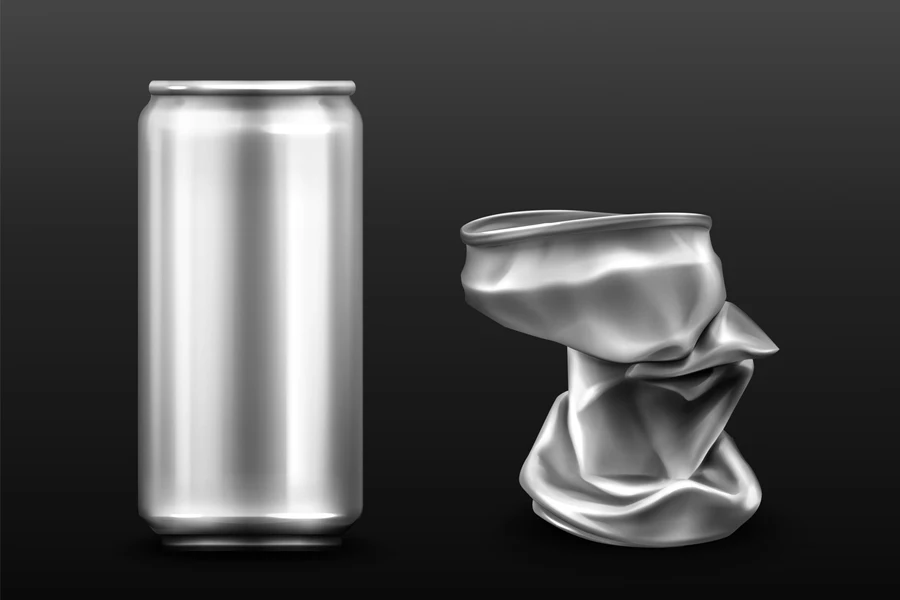
Can crushers are built to make it easier for users to efficiently crush the aluminum can waste in their homes or commercial spaces. You can make it easier for your customers to find the right electric can crushers by considering the capacity, installation options, additional components, safety features, and electrical specifications of various machines.
Visit Chovm.com to find a vast array of electric can crusher models to choose from. Keep the above-mentioned buying tips in mind, and you will be well on your way to sourcing the best-suited machine for customers.
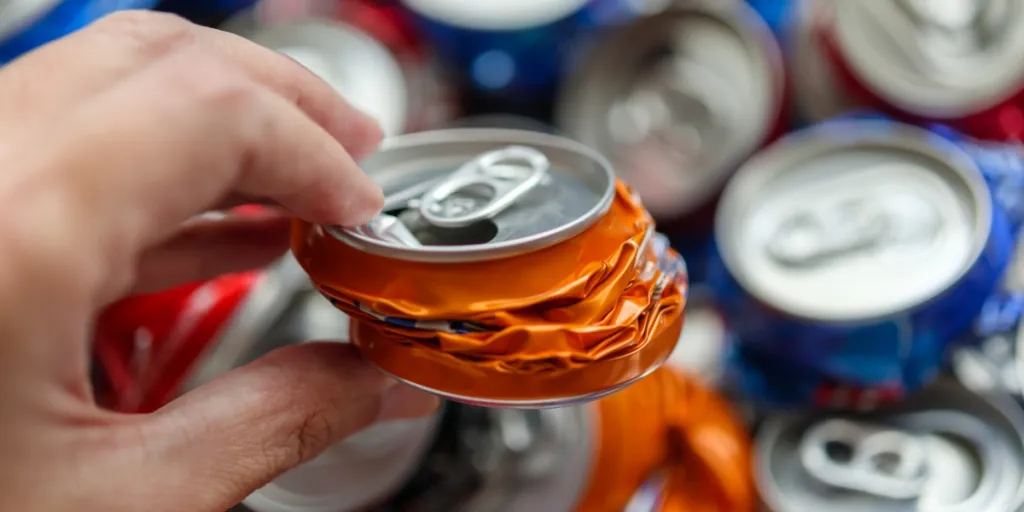




 Afrikaans
Afrikaans አማርኛ
አማርኛ العربية
العربية বাংলা
বাংলা Nederlands
Nederlands English
English Français
Français Deutsch
Deutsch हिन्दी
हिन्दी Bahasa Indonesia
Bahasa Indonesia Italiano
Italiano 日本語
日本語 한국어
한국어 Bahasa Melayu
Bahasa Melayu മലയാളം
മലയാളം پښتو
پښتو فارسی
فارسی Polski
Polski Português
Português Русский
Русский Español
Español Kiswahili
Kiswahili ไทย
ไทย Türkçe
Türkçe اردو
اردو Tiếng Việt
Tiếng Việt isiXhosa
isiXhosa Zulu
Zulu